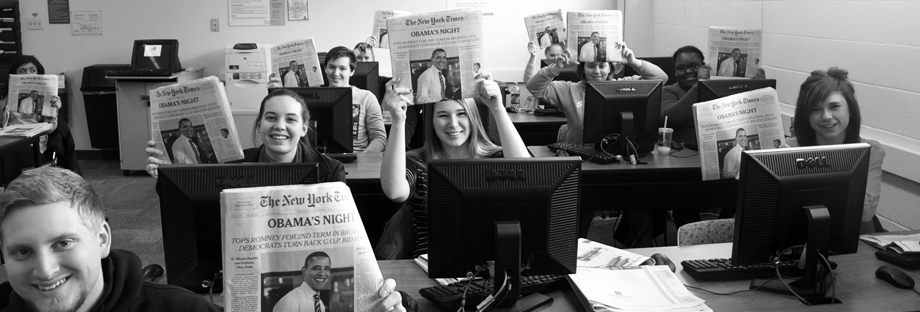Genre: Academic Essay
Audience: Educated, curious readers
Learning Outcomes: Rhetorical Knowledge; Critical Thinking, Reading, and Writing; Knowledge of Conventions; Processes
Length: 750-1000 words
Background: St. Martin’s e-Handbook: “Analyzing Arguments” (9) and “Integrating Sources into Your Writing” (15); Oxford English Dictionary
Due Dates:
- Weeks Two and Three: Rhetorical précis (3)
- Tuesday 9/25: First Draft
- Thursday 9/27: Writing workshop and editorial peer-review participation
- Tuesday 10/2: Final Draft
We’ve been practicing a technique known as a rhetorical précis: a highly structured summary that explicates what a writer is arguing, how she does it, why she does it, and for what intended audience. Your first major writing assignment in this class is a textual analysis, which draws on those skills in an extended format. A textual analysis is an argument for a probable interpretation of a text. In this case, your challenge is to analyze any persuasive piece from the Sunday, 9/23 Sunday Review section of the New York Times.
Support your points with direct quotes, references to tone, and other examples found in the text.
Once you have read, re-read, and taken notes on the article for analysis, write your first draft:
- Introduce the general and specific topics in such a way that generates some curiosity in your reader
- Summarize the writer’s main points–what is the argument?
- Illustrate how the writer makes those points, with examples and direct quotes
- Why does she make this argument? What’s her purpose or agenda in this article?
- Discuss the intended audience and what kind of relationship the writer establishes – or does not establish — with that audience. What strategic and rhetorical choices does the writer make that seem particularly keyed to the intended audience?
- Conclude your analysis by helping your reader get past the “so what?” question: are there any interesting connections between the article you are analyzing and the concepts we’ve been discussing in class? Does the article add to a larger conversation?
